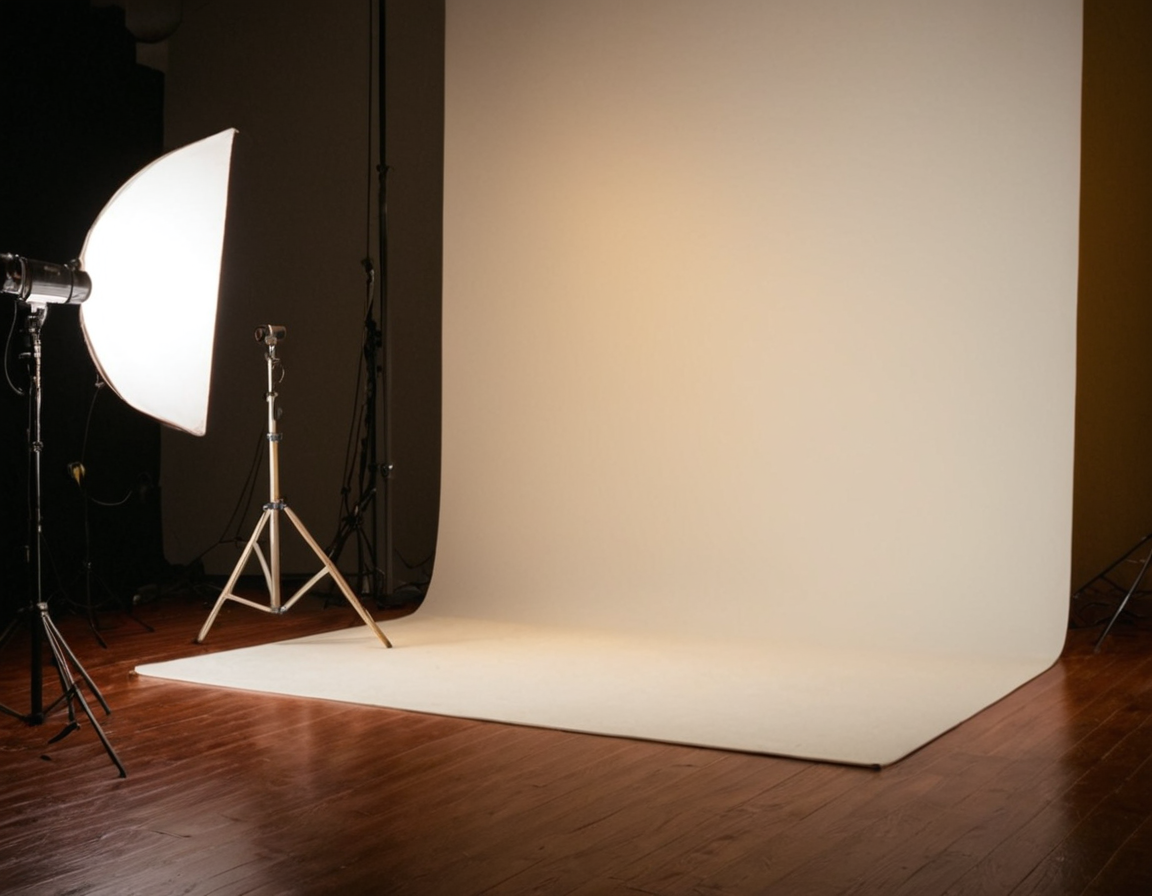Light It Right: Key Techniques For Photo Brilliance

Introduction to Mastering Product Lighting
Product photography has become an essential aspect of e-commerce, marketing, and advertising. High-quality product images can significantly impact a company’s brand reputation, customer trust, and overall sales performance. One crucial element in achieving stunning product photos is lighting. In this blog post, we will explore the five essential lighting techniques that professionals use to create captivating visuals.
Understanding the Fundamentals of Product Lighting
Before diving into the advanced techniques, it’s vital to grasp the basic principles of product lighting. This includes controlling the direction and intensity of light sources, utilizing reflectors and diffusers, and considering the color temperature and tone of the light.
Choosing the Right Light Sources
The type and number of light sources used can greatly impact the final image. Some common options include:
- Natural Light: Utilizing natural light from windows or outside is often the most cost-effective and easiest option.
- Sidelight: Positioning a light source at a 90-degree angle to the product can create deep shadows and highlight details.
- Backlight: Placing a light source behind the product can produce a beautiful rim of light around the edges, adding depth and dimension.
Essential Lighting Techniques
1. Softbox Lighting
Softbox lighting is a popular technique used in commercial photography. It involves using a softbox modifier to soften the light emitted from a strobe or continuous light source.
- To achieve softbox lighting, position a light source at a 45-degree angle to the product.
- Use a softbox modifier or a diffuser to reduce harsh shadows and create a more even illumination.
- Experiment with different angles and positions to find the perfect balance between highlight and shadow.
2. Hair Light
Hair lighting is another technique used to add depth and dimension to products. It involves using a hair light to create a subtle glow around the edges of the product.
- To achieve hair lighting, position a light source at a 45-degree angle to the product, but closer than in softbox lighting.
- Adjust the intensity and color temperature of the light to achieve the desired effect.
- Be cautious not to overdo it, as too much hair light can create an unnatural look.
3. Rim Lighting
Rim lighting is used to separate the product from its background and add depth. It involves using a rim light to create a subtle glow around the edges of the product.
- To achieve rim lighting, position a light source at a 45-degree angle to the product, but closer than in hair lighting.
- Adjust the intensity and color temperature of the light to achieve the desired effect.
- Be cautious not to overdo it, as too much rim light can create an unnatural look.
4. Side Lighting
Side lighting is used to highlight details on the product and add depth. It involves using a side light to create harsh shadows and highlights.
- To achieve side lighting, position a light source at a 90-degree angle to the product.
- Adjust the intensity and color temperature of the light to achieve the desired effect.
- Be cautious not to overdo it, as too much side lighting can create an unnatural look.
5. Natural Light with Reflectors
Using natural light with reflectors is a simple yet effective technique for creating stunning product images. It involves positioning a reflector to bounce light onto the product and fill in shadows.
- To achieve this technique, position a reflector at a 45-degree angle to the product.
- Adjust the intensity and color temperature of the light to achieve the desired effect.
- Experiment with different angles and positions to find the perfect balance between highlight and shadow.
Conclusion
Mastering product lighting techniques is crucial for creating stunning visuals that showcase products in the best possible light. By understanding the fundamentals of product lighting, choosing the right light sources, and experimenting with advanced techniques such as softbox lighting, hair lighting, rim lighting, side lighting, and natural light with reflectors, photographers can create captivating images that drive sales and engagement.
Call to Action
The next time you’re working on a project that involves creating stunning visuals, remember the power of lighting. Experiment with different techniques, adjust your approach as needed, and always keep in mind the goal of creating an image that truly represents your product or brand.
Will you be pushing the boundaries of product photography by experimenting with new lighting techniques? Share your experiences and tips in the comments below!
Tags
product-photography lighting-techniques e-commerce-tips marketing-strategies visual-impact
About Luis Torres
Hi, I'm Luis Torres, a photographer and blogger passionate about helping creatives grow. With a background in photography and a knack for teaching, I share actionable tips & techniques on lentecreativa.com to inspire and educate photographers of all levels.
